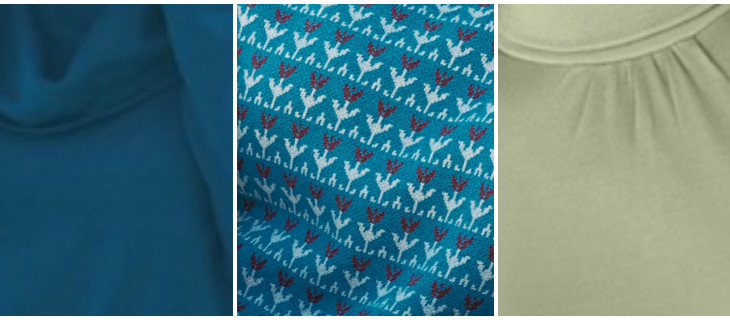The evolution of knitting and the techniques used to create beautiful knitwear
At Patra, selecting the right fabric and using the most relevant production methods are cornerstones of our philosophy. Understanding the history and best practices of each fabric helps us deliver versatile high quality products which will withstand the test of time. Here we take a closer look knitted fabrics, from its early roots to modern methods, and explain how we use the best knits to create our fabrics.
The past
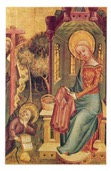 How was knitting invented? At what point in ancient history did a tribal elder, a religious leader or a simple villager first try to shape a piece of string by using a pair of crude needles or sticks?
How was knitting invented? At what point in ancient history did a tribal elder, a religious leader or a simple villager first try to shape a piece of string by using a pair of crude needles or sticks?
The earliest pieces of knitted fabric that still survive date from between 1000-1400AD and were found in Egypt, beautiful examples can be seen in the Victoria and Albert Museum in London.
Historians believe that the technique spread from there, through the Arabian Peninsula and made its way to Spain, perhaps brought home by combatants in the Crusades. European knitting became associated with the wealthiest parts of society – the Church, monarchs and noblemen.
From there the craft spread through the church to Italy and beyond. Knitted clothing became, and still remains, a mark of style and distinction.
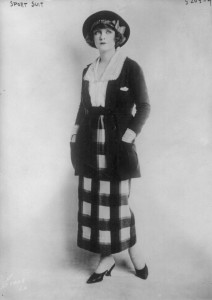 Modern times
Modern times
Coco Chanel reinvented knitwear for our era by using it in both glamorous and more formal clothing as well as by incorporating the fabric into her trademark, timeless suits. Following her lead, other high fashion houses embraced the material, haute couturiers took advantage of the creative flexibility that knitted fabrics offer and used them to drive a whole series of fashion trends.
The Technique
Knitted fabrics differ from woven fabric in important ways that lend the garments unique and valuable characteristics. Yarn that has been knitted is made up of a series of loops rather than straight lines and this looped structure provides the fabric with strength and texture. Knitting can be done both by hand or machine. Today, manufacturers use industrial knitting machines to make consistent interlinked looped yarns.
The 2 main Industrial Varieties of knitting:
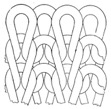 Weft Knitting:
Weft Knitting:
This is the most common variety of knitting. It is a process of knitting lengths of yarn into connected loops that follows a horizontal or width-filling dimension. The few types of weft knitting are jersey knits, double knits and interlock knits. Weft knitting produces fabrics that are stretchy and ideal for vests, socks and jumpers.
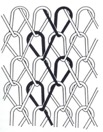 Warp knitting:
Warp knitting:
Opposite to weft knitting, in warp knitting- the loop of yarns follow a lengthwise or warp direction. It is made of multiple needles and yarn. Warp knitting produces fabrics that are less elastic and less likely to ladder. It provides aesthetic qualities that are ideal for three-dimensional garments, lingerie and swimwear.
Depending on the knitting technique that is used these qualities can be tailored to achieve a range of beautiful types of knitwear:
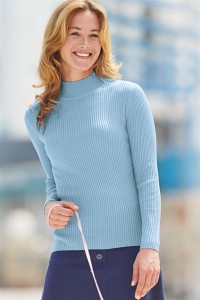 Ribbed knit
Ribbed knit
Rib knits use patterns that allow one or more vertical ridges to be incorporated into the garment creating texture and depth while allowing the fabric to remain elastic by alternating knit and purl stitches.
Tricot
Like ribbed knits, tricot knits follows a vertical or zigzagged pattern in creating a fabric. This process gives the fabric a lengthwise stretch. It is run resistant and difficult to unravel, Tricot knits are commonly used in lingerie.
Milanese
Milanese knits are stronger, smoother and firmer type of fabric than Tricot knits. It uses a double-warping procedure- this produces a more superior fabric than tricot. It is best used in making expensive silk lingerie, silk undergarments and luxurious evening wears.
Raschel Knits
This machine-made lacelike fabric’s attractiveness and popularity is sweeping across the retail floors of London. This weft knits are made by adaptable and multipurpose warp-knitting machines that creates an openwork fabric similar to crochet. It has excellent draping qualities and ideal for delicate evening dresses, hard-wearing blankets or home decorations.
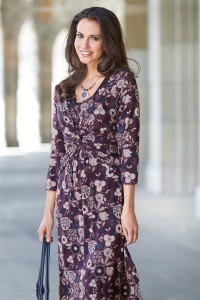 Jersey Knit
Jersey Knit
Jersey knit is a type of stitching that produces distinctive sides of a fabric- a flat and smooth side and a raised side. Patra’s jersey knits are made from 100% natural fabrics, our range offers excellent warmth, style and comfort and practical benefits such as excellent moisture wicking qualities. This jersey dress offers style and versatility with a stylish A-line cut, a choice for autumn.
Interlock Knit
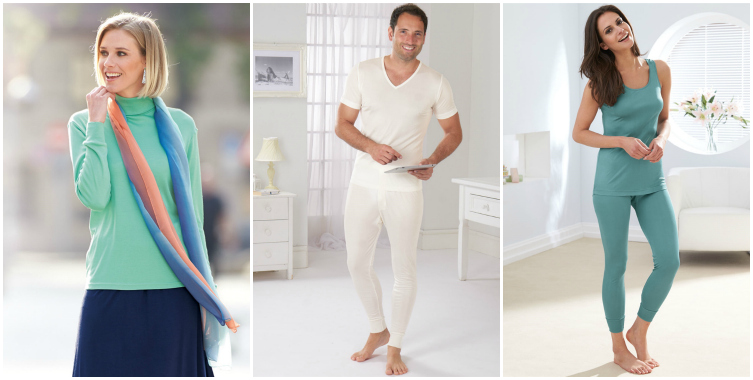
(Left to right) Silk Interlock Polo Neck Top, Silk Interlock Thermals, Pure Silk Interlock Wide Strap Vest
Interlock knits have two rows of stitches, one directly behind the other, giving a layered effect that provides strength and stability. It means garments hold their shape and have a nice weight– not too heavy, not too light. Our super soft thermal undergarments are the perfect example of an interlock knit that is perfect for keeping you warm without bulk.
 Bamboo Knits
Bamboo Knits
Bamboo knits are made of pulps extracted from the bamboo plant, these pulps are from the lignified parts of the plant such as the stems which are pulverized and washed and made into bamboo fibres. Popular in Asia, Bamboo yarns are knitted together into hats and structured women’s dresses. Bamboo knits are admired as the eco-friendly and sustainable fabric.
Patra knits
At Patra, we offer you timeless elegance, warmth and weatherproof comfort with our knitted garments. Check out our latest range of knitted garments. This autumn/winter we are thrilled to offer you everything from high performance winter underwear, beautiful scarves and accessories through to the most comfortable warming nightwear.

